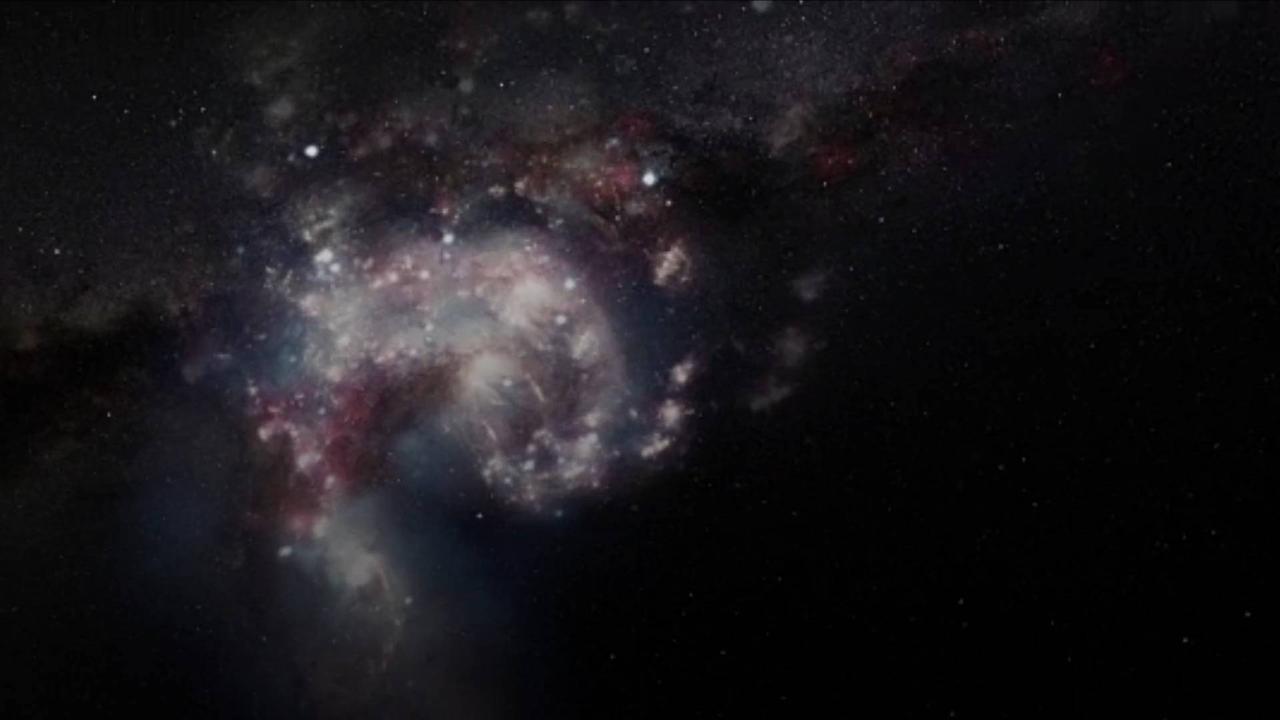Astronomers Uncover Massive Galaxies Near the Dawn of the Cosmos

Astronomers Uncover Massive Galaxies Near the Dawn of the Cosmos
Astronomers Uncover , Massive Galaxies , Near the Dawn of the Cosmos.
'The Independent' reports that astronomers have observed what they believe to be massive galaxies dating back to within 600 million years of the Big Bang.
.
According to a team out of Swinburne University of Technology, the observation suggests the early universe had a stellar fast-track that created these "monsters.".
While older galaxies have been observed before, what surprised scientists about these mega-galaxies was their size and maturity.
While most galaxies in this era are still small and only gradually growing larger over time, there are a few monsters that fast-track to maturity.
, Ivo Labbe, lead researcher at Australia’s Swinburne University of Technology, via 'The Independent'.
Why this is the case or how this would work is unknown, Ivo Labbe, lead researcher at Australia’s Swinburne University of Technology, via 'The Independent'.
'The Independent' reports that these galaxy observations came from the first data set collected by NASA and the European Space Agency's $10 billion Webb telescope.
.
The revelation that massive galaxy formation began extremely early in the history of the universe upends what many of us had thought was settled science, Joel Leja, Pennsylvania State University, via 'The Independent'.
It turns out we found something so unexpected it actually creates problems for science.
It calls the whole picture of early galaxy formation into question, Joel Leja, Pennsylvania State University, via 'The Independent'.
According to Pennsylvania State University’s Joel Leja, it's possible that a few of the massive objects might actually be supermassive black holes.
All six of the objects observed, whether galaxies or black holes, look to weigh billions of times more than our sun, with one of them weighing 100 billion times more.


![VIDEO: Meteorite Crash Sparks PANIC Across South Carolina, Georgia After 'FIREBALL' Seen In Sky [Video]](https://video.newsserve.net/300/v/20250627/1414909394-VIDEO-Meteorite-Crash-Sparks-PANIC-Across-South-Carolina.jpg)
![‘Jai Hind! Jai Bharat’ | Indian Astronaut Shubhanshu Shukla Lifts-off to Space | Axiom-4 Mission [Video]](https://video.newsserve.net/300/v/20250625/1414786640-Jai-Hind!-Jai-Bharat-Indian-Astronaut-Shubhanshu.jpg)
![India, Poland, Hungary launch astronauts to space after 40 yrs | Axiom-4 mission lifts off from NASA [Video]](https://video.newsserve.net/300/v/20250625/1414742416-India-Poland-Hungary-launch-astronauts-to-space-after.jpg)